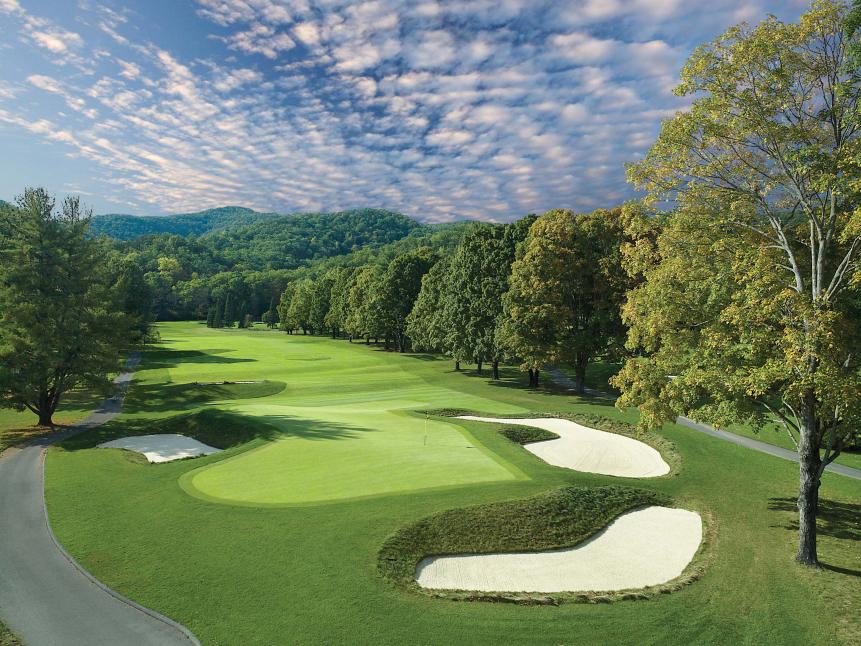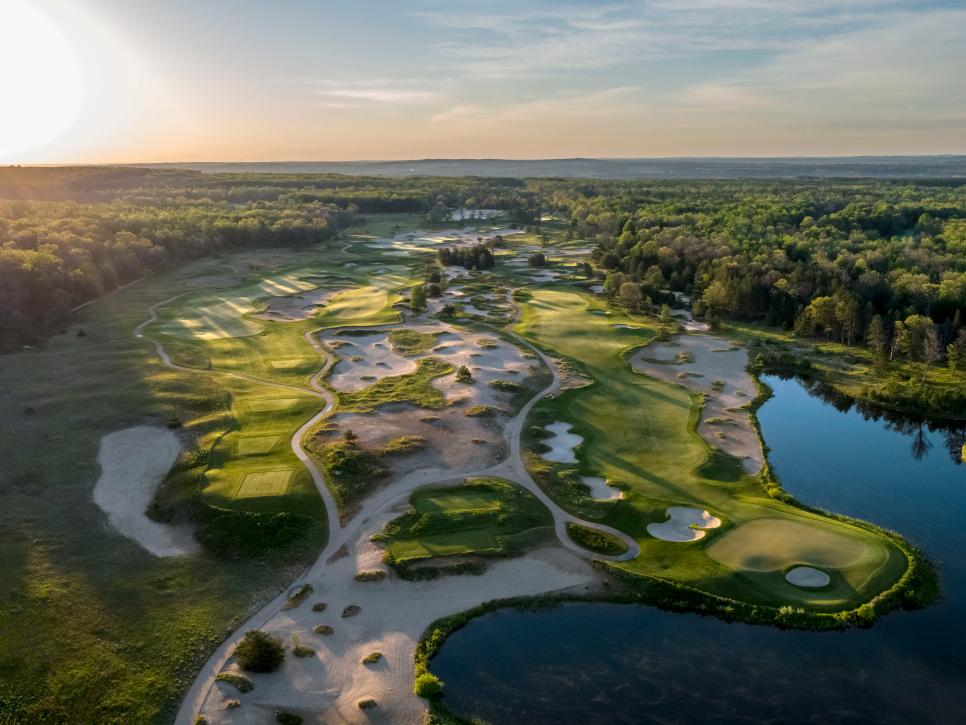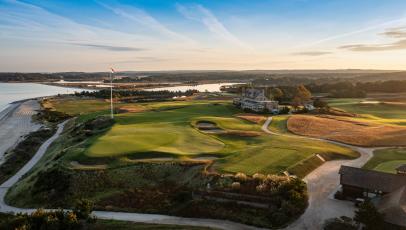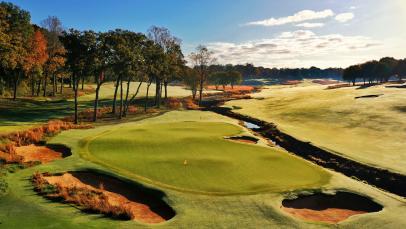The following 17 courses fell off the 2023-2024 ranking
Welcoming new courses onto the Golf Digest ranking of America’s 100 Greatest and Second 100 Greatest courses is cause for celebration. Not only does it expose readers to exemplary designs they might not otherwise be familiar with but it also is reflective of the current state of golf architecture, which, like any art form, is constantly changing and evolving.
On the other hand, the new courses that enter the rankings displace others. Some of the departed have been America’s 100 Greatest and Second 100 Greatest staples. We’d like to take this opportunity to acknowledge the courses that have fallen off the 2023-2024 rankings. Should they reappear in 2025, we will welcome them back with the same enthusiasm as the next batch of newcomers.

[Note: the numbers indicate the course’s 2021-2022 standing and debut year in the rankings.]
149th in 2021-2022. MAUNA KEA (first ranked: 1969)
155. OZARKS NATIONAL (first ranked: 2021)
157. OMNI HOMESTEAD--CASCADES (first ranked: 1969)
163. FOREST DUNES (first ranked: 2011)
From Golf Digest Architecture Editor emeritus Ron Whitten:
The Tom Weiskopf-designed Forest Dunes in Michigan is a terrific layout on a terrific piece of property, with sand dunes deposited by the nearby Au Sable River and covered with mature pines.
But it's not a unique piece of property. When I first played it, I was struck by how much Forest Dunes resembles a Texas course designed by Weiskopf's former partner, Jay Morrish. That course, Pine Dunes in Frankston, Texas, is built on much the same terrain, sand dunes covered in pines. Though they were working at the same time on their respective projects (Forest Dunes was completed in 2000 but didn't open until 2002; Pine Dunes opened in 2001), I don't think Weiskopf or Morrish had any idea that they were working on such similar courses, and I don't think they stole each other's ideas. But it's uncanny how they created kissing-cousin courses. Or maybe not.
The two worked together for over a decade before splitting up in 1996, and they shared a common philosophy of course design. Both courses have split personalities, with portions that look like Augusta National—lots of grass, trees, pine needles and gleaming white sand bunkers—and other portions that look like Pine Valley—rugged holes edged by roughs of brownish native sand and scruffy underbrush. Each have one long par 4 (the second at Forest Dunes, the fourth at Pine Dunes) that curves to the left through trees, has no fairway bunkers but has one big bunker at the left front of the green. Both have par-3 16th holes that play over wasteland to an angled green with bunkers right and left. Both courses have very similar drive-and-pitch par 4s. At Forest Dunes, the 375-yard sixth has bunkers scattered all about, with a diagonal carry bunker in the way of any drive aimed directly toward the green. At Pine Dunes, the 344-yard 15th is virtually the same hole, except the carry bunker is farther off the tee and positioned perpendicular to play. And both courses have a double-fairway hole. At Forest Dunes, it's the 10th, named Decision. (On his plan, Weiskopf didn't number the holes; he just gave them names.)
Read the complete review, plus bonus photos and comments from our expert panelists, here.
171. EUGENE C.C. (first ranked: 1979)
176. SEA ISLAND--SEASIDE (first ranked: 2013)
178. THE GREENBRIER--OLD WHITE (originally listed on America's 200 Toughest Courses in 1966, then not ranked again until 2015)

185. BLACK DIAMOND RANCH--QUARRY (first ranked: 1991)
189. THE RIDGE AT BACK BROOK (first ranked: 2019)
190. PRONGHORN--NICKLAUS COURSE (first ranked: 2013)
192. THE BRIDGES AT RANCHO SANTA FE (first ranked: 2021)

194. ATLANTA C.C. (first ranked: 1969)

195. TRUMP INTERNATIONAL--CHAMPIONSHIP (first ranked: 2013)
Trump International Golf Club West Palm Beach: Championship
West Palm Beach, FL, United States
196. THE VINTAGE CLUB--MOUNTAIN (first ranked: 1987)
198. TORREY PINES--SOUTH (first ranked: 1969)
%20-%20Jon%20Cavalier.jpeg.rend.hgtvcom.861.485.suffix/1573163040843.jpeg)
199. THE BROADMOOR--EAST (first ranked: 2013)
200. COUNTRY CLUB OF BIRMINGHAM--WEST (first ranked: 1969)





